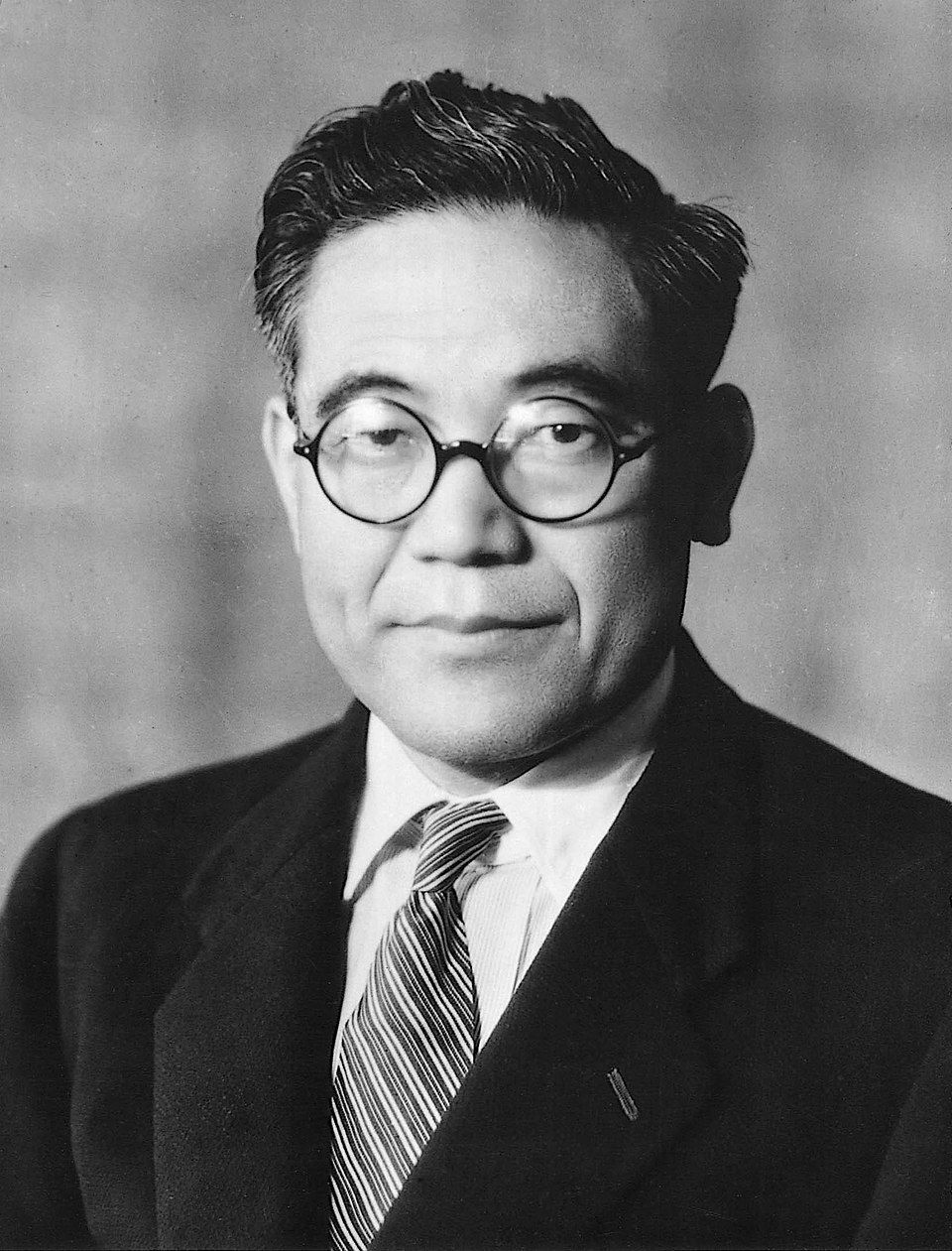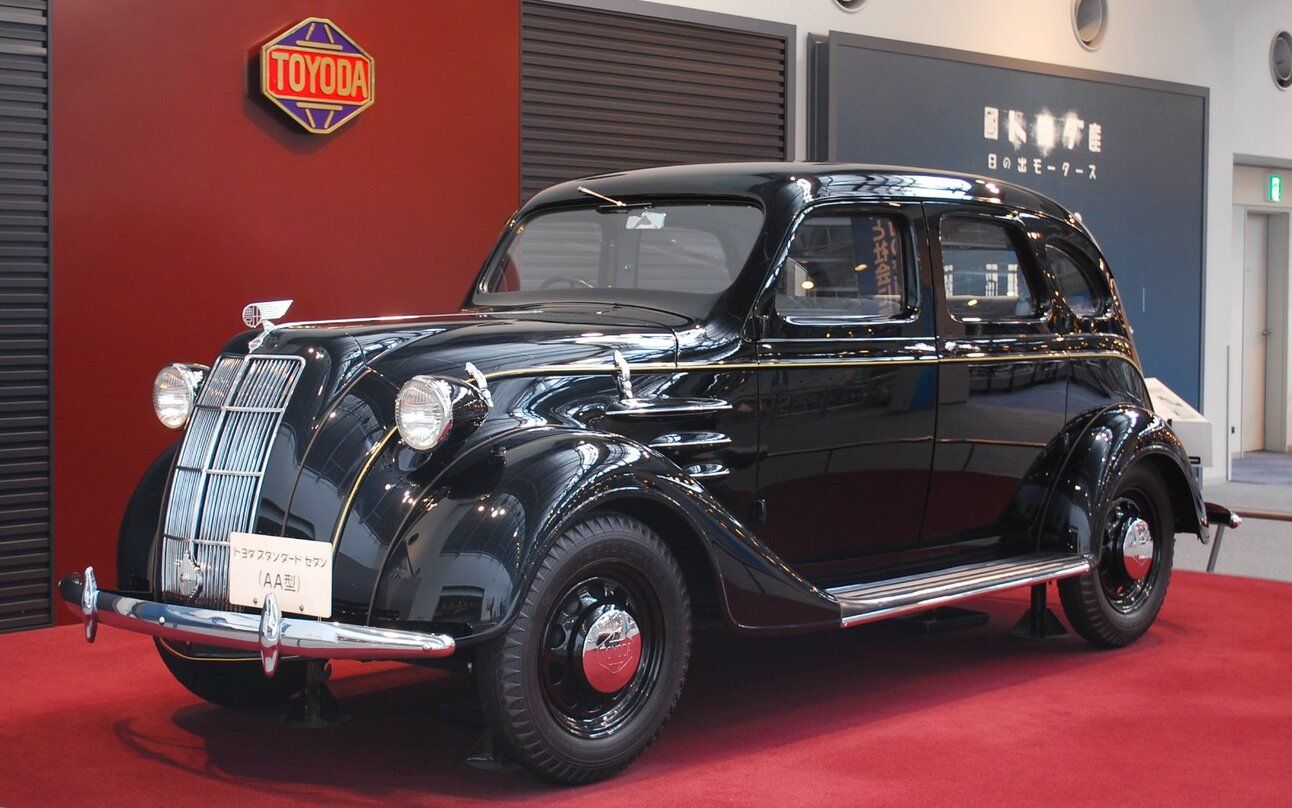- Built to Last
- Posts
- Built To Last: Kiichiro Toyoda – Proof That Systems Beat Speed
Built To Last: Kiichiro Toyoda – Proof That Systems Beat Speed
Toyota’s story isn't just about cars, it’s about innovation born from a dying family business, wartime devastation, and a vision that reshaped global manufacturing forever.
The Factory That Changed the World
What if the most powerful car company in the world wasn’t built on horsepower or hype but on patience, precision, and systems?
This week on Built to Last, we're diving into the incredible story of Kiichiro Toyoda, the founder of Toyota. You’ll learn how a young engineer took his family’s fortune from textile looms to the global automotive stage, why betting on slow, steady excellence beat fast, reckless growth, and how the Toyota Production System still shapes business strategy across industries today. It’s a masterclass in vision, resilience, and building greatness through quiet revolution, not flash.
Ready to find out how one man’s obsession with doing it right changed the world forever?
Early Life: Born into Innovation, Driven by Curiosity
Kiichiro Toyoda was born on June 11, 1894, in the small village of Kosai in Shizuoka Prefecture, Japan. He was the eldest son of Sakichi Toyoda, a brilliant inventor who revolutionized Japan’s textile industry with his automated loom, the Toyoda Automatic Loom. By the time Kiichiro was growing up, the Toyoda family was becoming relatively wealthy thanks to Sakichi’s successes, however they still lived modestly, with a deep cultural emphasis on hard work, frugality, and innovation.
From an early age, Kiichiro was exposed to the idea that invention wasn’t just a personal ambition, it was a duty to society. Encouraged by his father, he pursued education rigorously, eventually enrolling at Tokyo Imperial University (now the University of Tokyo), where he studied mechanical engineering. After graduating in 1920, Kiichiro traveled to Europe and the United States, where he closely studied the automobile industry, which was booming post-World War I.
It was during this trip that he realized Japan had almost no domestic car production, a gap he saw as a massive opportunity. While his family’s wealth provided a cushion, Kiichiro understood that entering a brand-new industry carried enormous risks. Risks that would put both his reputation and the family's fortune on the line. But as he had learned from his father, true progress came from bold leaps, not cautious steps.

Kiichiro Toyoda The Founder of Toyota
Betting It All on Cars: The Risk That Changed Everything
After returning to Japan, Kiichiro Toyoda couldn’t shake the vision of a future where Japan made its own automobiles instead of importing them. But convincing the family to pivot from their successful textile machinery business into the untested, capital-heavy auto industry was no small task. Initially, there was heavy resistance, after all, why leave a thriving business built by Sakichi Toyoda for a gamble on something so uncertain?
Despite the skepticism, Kiichiro eventually persuaded the family to invest a portion of their fortune into his dream. In 1933, with roughly ¥1 million yen (about $250,000 USD at the time, a massive sum in pre-war Japan), Sakichi’s company created an Automotive Department inside Toyoda Automatic Loom Works. This funding came with high expectations: success had to be swift, or the family's reputation and fortune could collapse.
This move wasn’t just bold, it was strategic. Kiichiro saw that Japan's growing industrialization and the looming tensions in Asia would eventually demand a domestic car industry for economic independence and national pride. By betting on cars, he wasn't abandoning the family's legacy he was evolving it for the new century. In 1935, after two years of intense work and engineering trial and error, Toyoda rolled out its first prototype car, the Model A1. It was redesigned and put into production as Toyota's first production cars, the AA sedan and the AB cabriolet.
It wasn't perfect, but it marked the start of a transformation that would take the family from loom makers to global automotive giants.

Replica of 1936 Toyota AA Standard Sedan
Market Disruption: Systems, Scale, and Speed
Toyota’s real superpower wasn’t just making cars, it was how they made them. Kiichiro emphasized production efficiency at a time when most manufacturers focused only on quantity. He introduced the idea of "just-in-time" manufacturing, a radical departure from traditional mass production, where factories kept huge warehouses of parts. Instead, Toyota produced only what was needed, when it was needed, reducing waste, improving quality, and speeding up delivery. This system would eventually evolve into the world-famous Toyota Production System (TPS), which modern industries still study and use today.
TPS combined Just-in-Time production with another major pillar: Jidoka, or "automation with a human touch," meaning machines could detect errors automatically and halt production to prevent defects from continuing down the line. This focus on quality control, waste elimination, and respect for workers' problem-solving abilities made Toyota’s production vastly more flexible and efficient than its Western counterparts.
Over time, these practices formed the foundation of The Toyota Way . A philosophy built on two key pillars: Continuous Improvement (Kaizen) and Respect for People. Rather than chasing quarterly profits or reckless expansion, Toyota invested heavily in building a culture where employees at every level were empowered to find better ways of working. In a world obsessed with scale, Kiichiro taught that relentless refinement, small daily improvements, and operational excellence could outcompete sheer size and he was right.
Today, Toyota's production strategies are taught in MBA programs and adopted by industries ranging from healthcare to tech, proving that smart systems beat brute force every time.
"Before asking for results, ask if you have provided the right conditions for people to succeed.
Overcoming Failure: War, Ruin, and Rebirth
World War II nearly destroyed Kiichiro’s dream. During the war, Toyota shifted its production from passenger cars to military trucks for Japan’s war effort, with stripped-down, utilitarian designs to conserve materials. After Japan’s defeat in 1945, Toyota’s factories were heavily damaged from bombing raids, and the nation’s economy was in ruins. Worse yet, postwar inflation, U.S. occupation restrictions, and severe shortages of raw materials made restarting car production nearly impossible.
By 1949, Toyota was teetering on the brink of bankruptcy, burdened by debt and paralyzed by worker strikes demanding better conditions amidst the chaos. In a desperate bid to stabilize the company, Kiichiro made the agonizing decision to resign, not because he was forced to, but because he believed stepping down would help Toyota survive political and financial pressure. It was a crushing personal loss for a founder who had given everything to the company. Tragically, Kiichiro died just two years later, in 1952, at the age of 57, without ever seeing the empire he planted fully bloom.
Still, his vision, systems, and engineering foundation remained alive within Toyota. Kiichiro’s sacrifices ensured that the company would not only survive but eventually rise to dominate the global automotive industry, built on the very philosophies he pioneered.
Legacy: Toyota’s Enduring Power
Today, Toyota is one of the most respected companies on Earth and one of the largest auto manufacturers in the world, with operations in over 170 countries and regions. The company produces over 10 million vehicles a year across a wide range of brands, including Toyota, Lexus, Daihatsu, and a controlling interest in Hino Motors . Its approach to quality, efficiency, and innovation has reshaped industries far beyond automobiles. Lean manufacturing, Six Sigma, agile development, and countless startup "playbooks" all trace their roots back to principles Kiichiro pioneered through the Toyota Production System and "The Toyota Way."
In a world obsessed with blitz-scaling and short-term gains, Toyota stands as a shining example of what slow, steady, systems-first growth can accomplish. Rather than chasing unsustainable growth, Toyota focused on building resilience a strategy that has kept it dominant through recessions, oil crises, and global competition. Kiichiro Toyoda’s life proves a simple truth: when you build a foundation strong enough, your impact can last for centuries. That’s the mark of a business that’s truly Built to Last.
Feedback
Thanks for reading this week’s edition of Built to Last!
We’re here to get better every week, just like the founders we study. If you have suggestions, founders you’d love to see featured, or ideas on how we can make the newsletter even more valuable for you, we’d love to hear it.
📩 Reply to this email or send your thoughts anytime.
We’re building this and for you so your opinions matter.
See you next week,
— The Built to Last Team